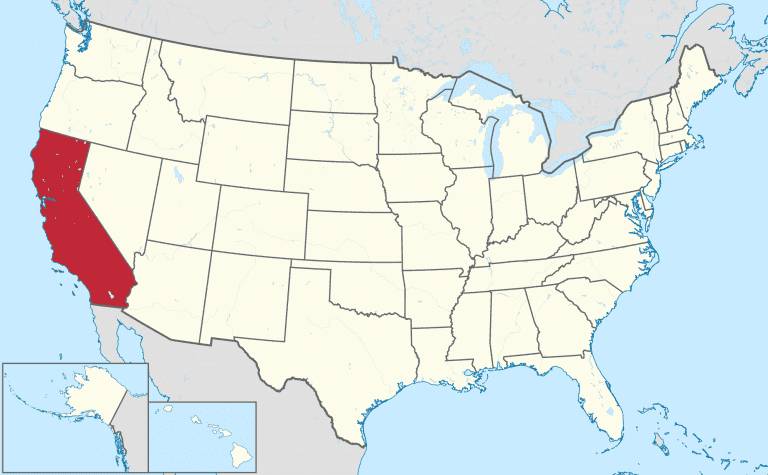Lessons from California’s First Month: January Sales Were Jumping Out of the (Golden) Gate

Trump’s Tax Reform: What Operators and Individuals Need to Know?
March 15, 2018
Lessons from California’s First Month: Challenges to Growers and Suppliers
March 15, 2018By J.J. McCoy, Senior Managing Editor for New Frontier Data
What We Have Learned: California’s new adult-use market will soon lead the nation in revenues, with estimates for adding an additional $4 billion to state coffers.
January 1 represented a watershed for cannabis reform in the United States, as California (the country’s most populous state, representing the world’s sixth-largest economy) opened the legal adult-use market which residents approved through a ballot in 2016.
When retailers’ doors opened that morning, according to the state’s Bureau of Cannabis Control, California had issued more than 400 operator’s licenses, registered more than 4,400 online users, and received more than another 1,800 applications for temporary licenses issued by the bureau for retailers, distributors, microbusinesses, testing laboratories, and event organizers. Such businesses can begin operating for 120 days before a permanent license must be obtained.
Opened in Oakland as a medical cannabis dispensary in 2006, Purple Heart Patient Care operates seven days a week. Its founder and CEO, Keith Stephenson, was understandably as enthusiastic as anyone about the market’s possibilities and early returns, though the state’s tax rates have tempered his outlook a bit.
“In the first month, what we experienced is that the California cannabis market is probably the most educated market in the world,” Stephenson said. “I’d say that the only surprise was the level of the enthusiasm and the range of the demographics among the adult (use) customers. It’s about as mainstream as retail can be. It doesn’t skew toward any age, race or ethnic market.”
He said that his transactions in the first month increased by a third through adult-use sales. While not divulging actual sales figures, Stephenson said that the relative shares of January sales at Purple Heart broke down to flower (about 73%), cartridges (10%), edibles (5%), wax (4%), pre-rolls (3%), shatter (1%), and tinctures, topicals, and hash (each respectively less than 1%).
“Previously we had patients of all kinds,” he explained, “but now, it’s everyone. Professionals, blue-collar, all socioeconomic demographics included. We’re seeing everyone: Soccer moms come in at midday, with the older set – what you might think of as the grandparents – and then in the evening there is the [age] 21 to 35 crowd: Asians, African Americans, Latinos, whites, Middle Eastern people – everyone you might think of. We say it’s like french fries: Everyone loves them.”
Less popular, of course, are the new taxes appearing on customers’ receipts (see today’s CannaBit chart). Even with the discounted price points afforded to registered patients holding a state-issued cannabis card, the overnight difference from New Year’s Eve to the first month of 2018 has been a bit daunting.
“The adult [use] customer has never known a difference, Stephenson explained, but “the medical patients are having a harder time accepting the excise taxes. In California, you basically have four generations of cannabis customers who are used to paying certain prices. When you look at the market as it presents itself now, a lot of consumers find it difficult to justify paying 30% or 40% more. You will see a lot of resistance, and [with] so many taxes, I don’t know that they will eradicate the black market.”
“That said,” he added, “I don’t know how you get the state to acquiesce to those of us in the space explaining that [taxes] are too high. Add in the 280E tax issues and banking barriers – although it’s a rush market, there are many things that can limit the growth of the industry. First and foremost, taxes and banking.”

J.J. McCoy
J.J. McCoy is Senior Managing Editor for New Frontier Data. A former staff writer for The Washington Post, he is a career journalist having covered emerging technologies among industries including aviation, satellites, transportation, law enforcement, the Smart Grid and professional sports. He has reported from the White House, the U.S. Senate, three continents and counting.




